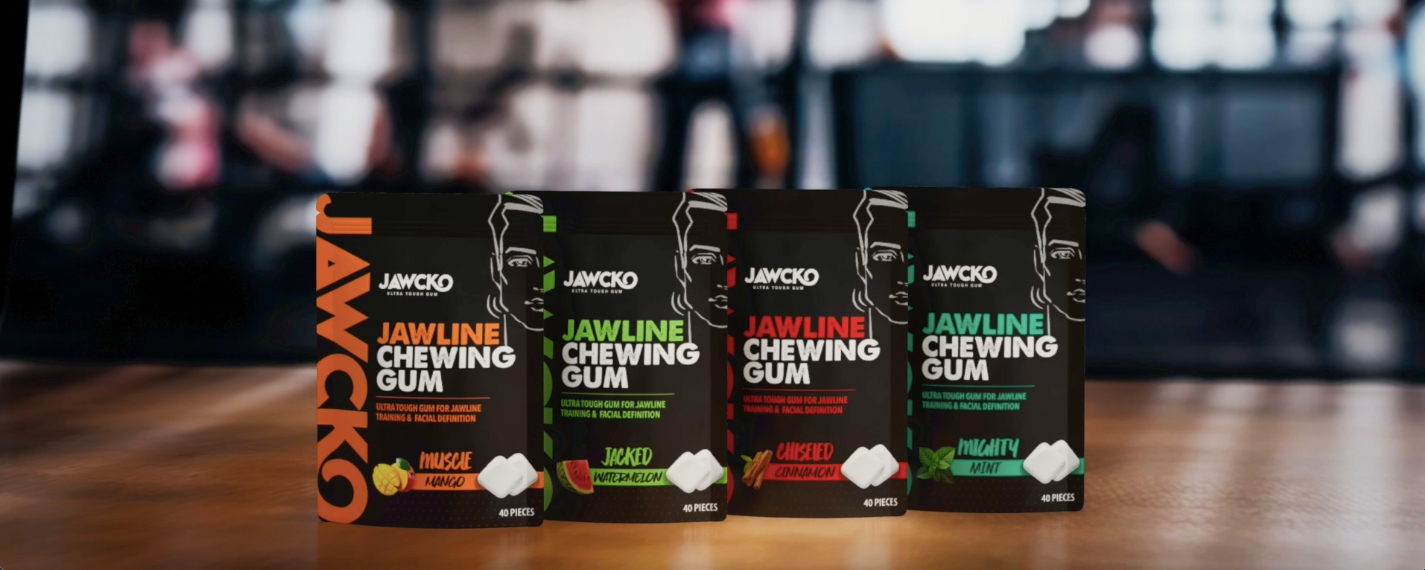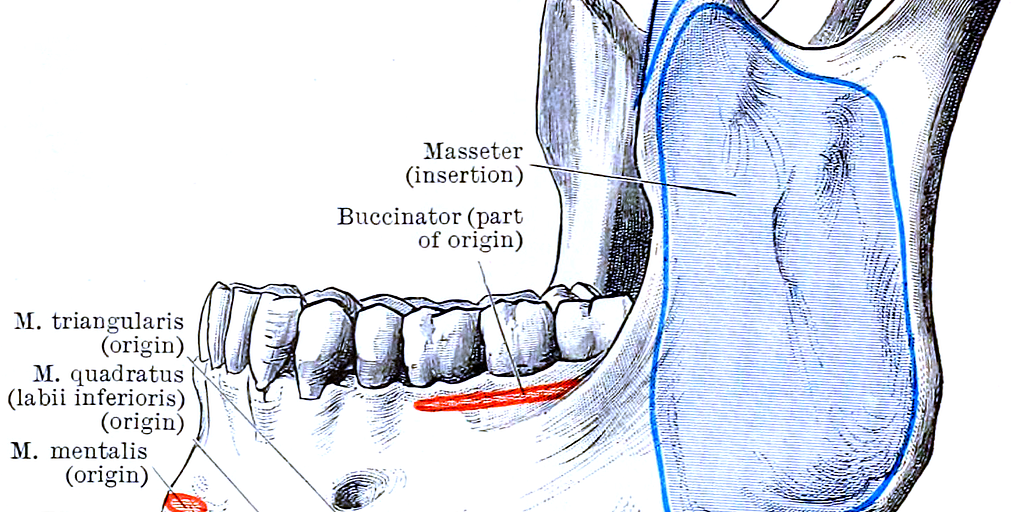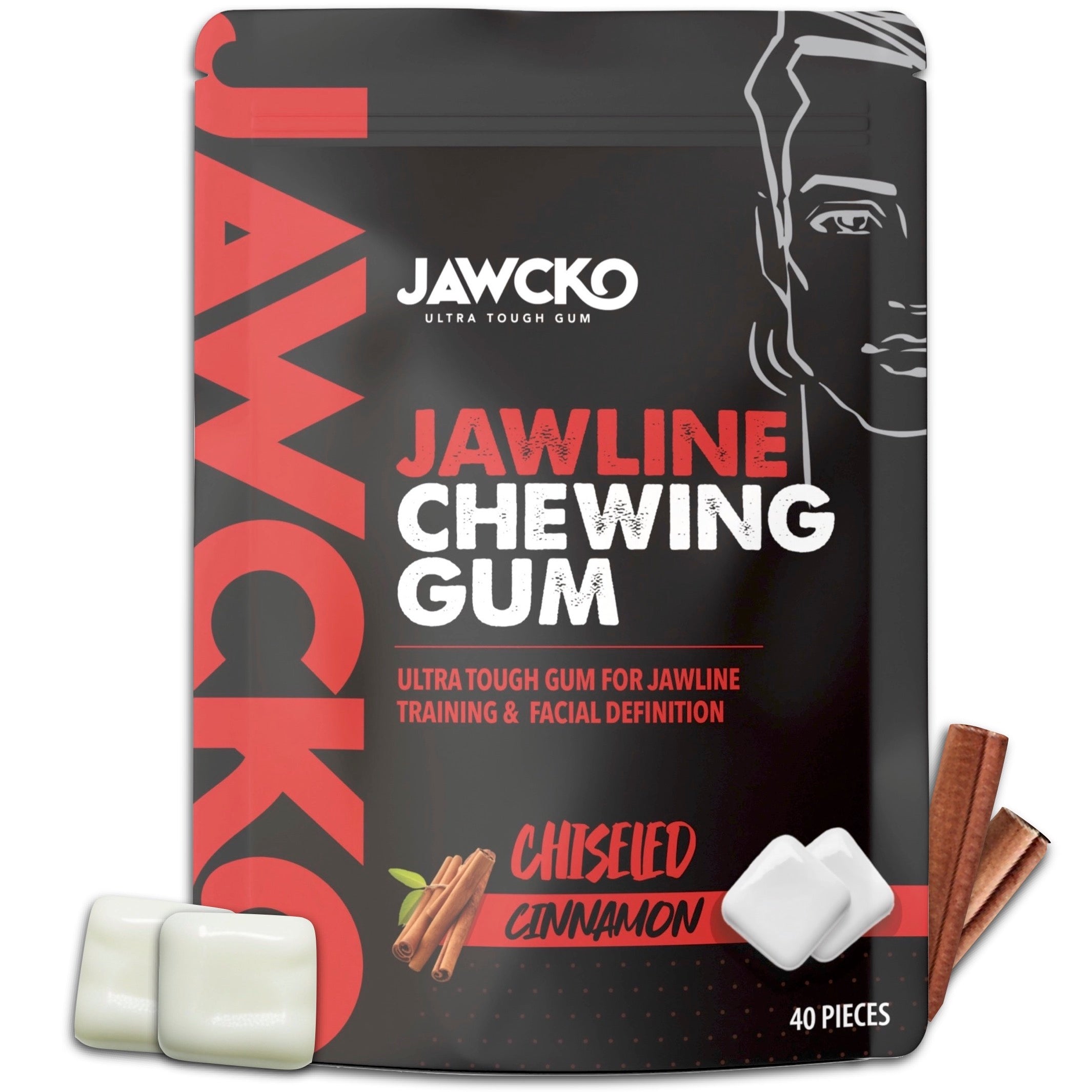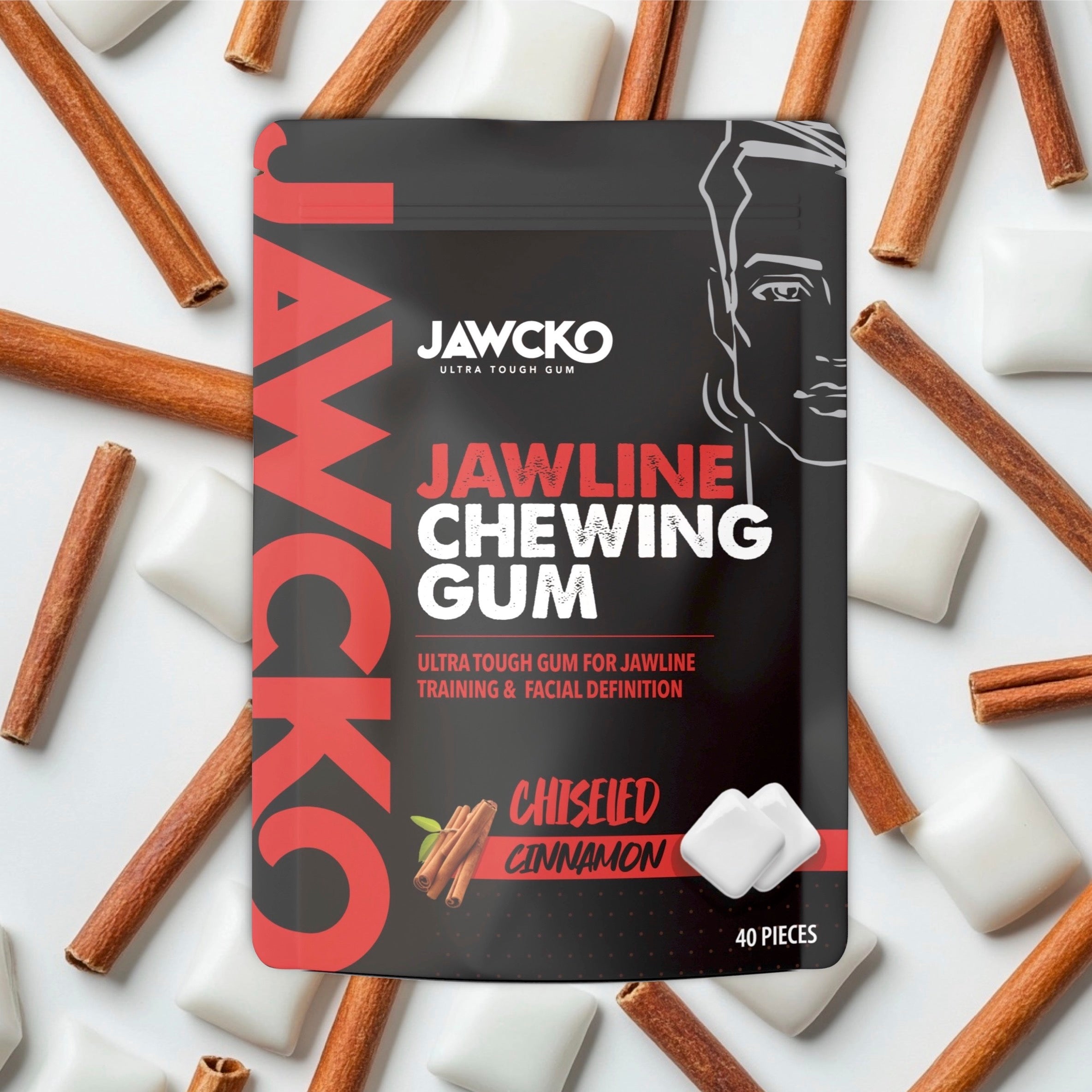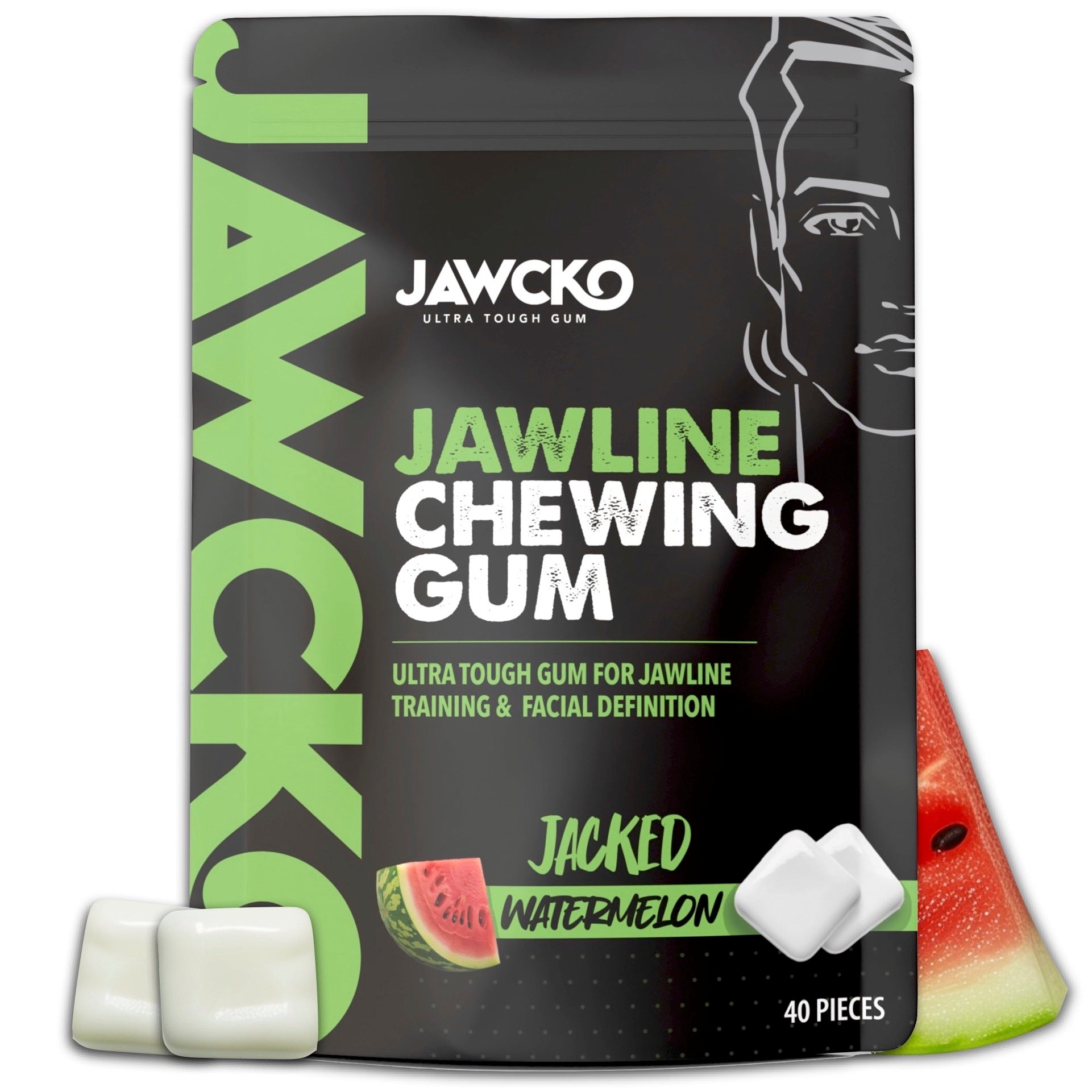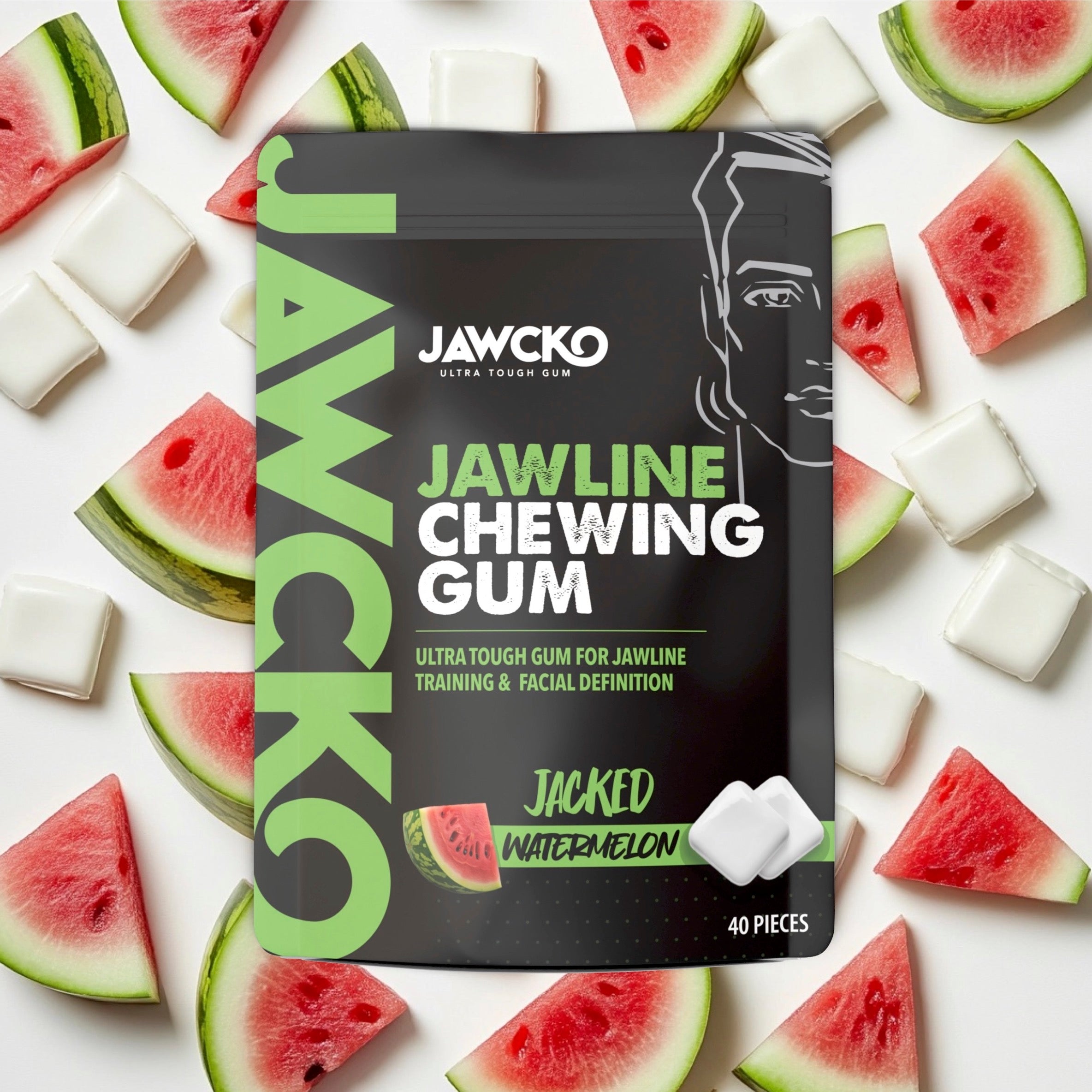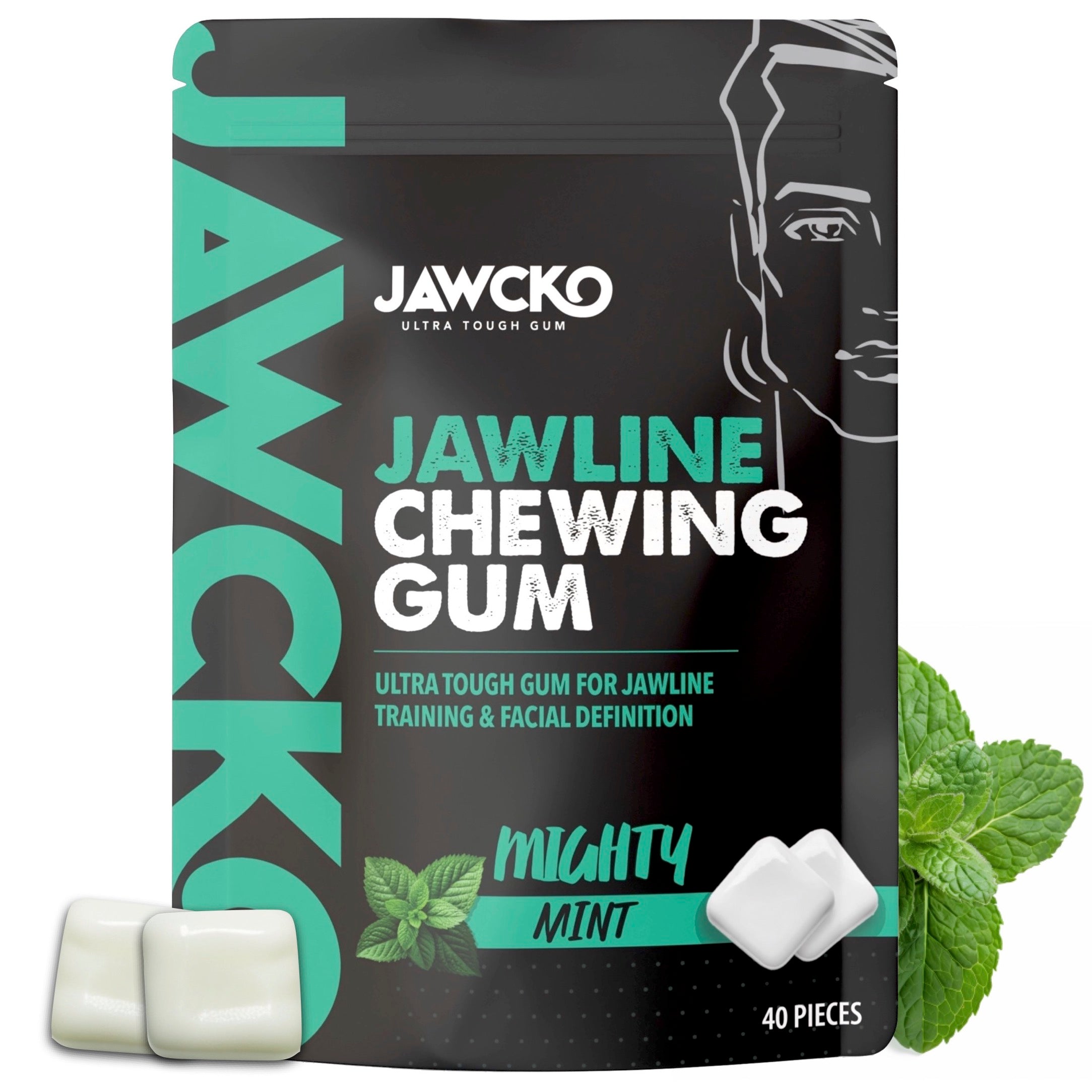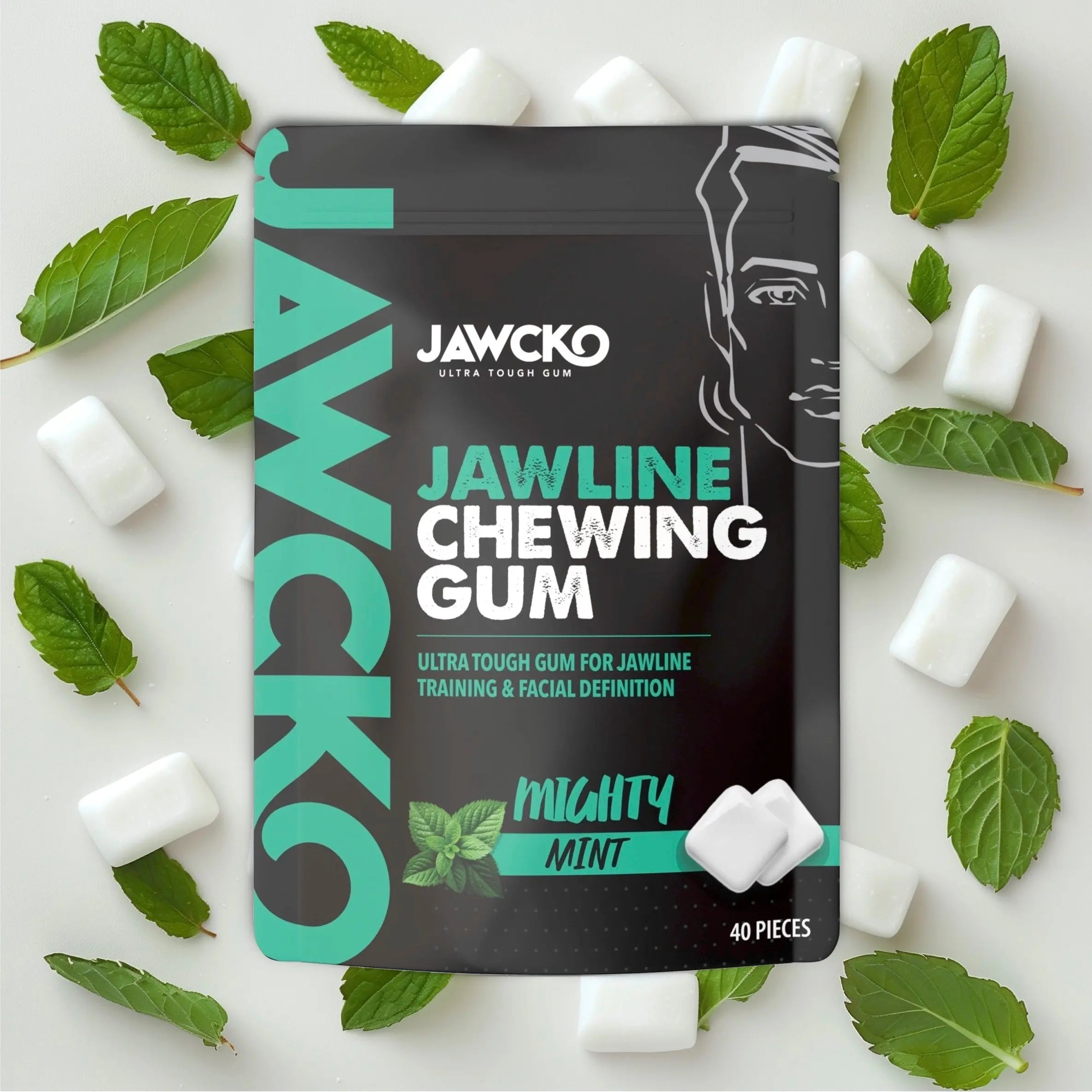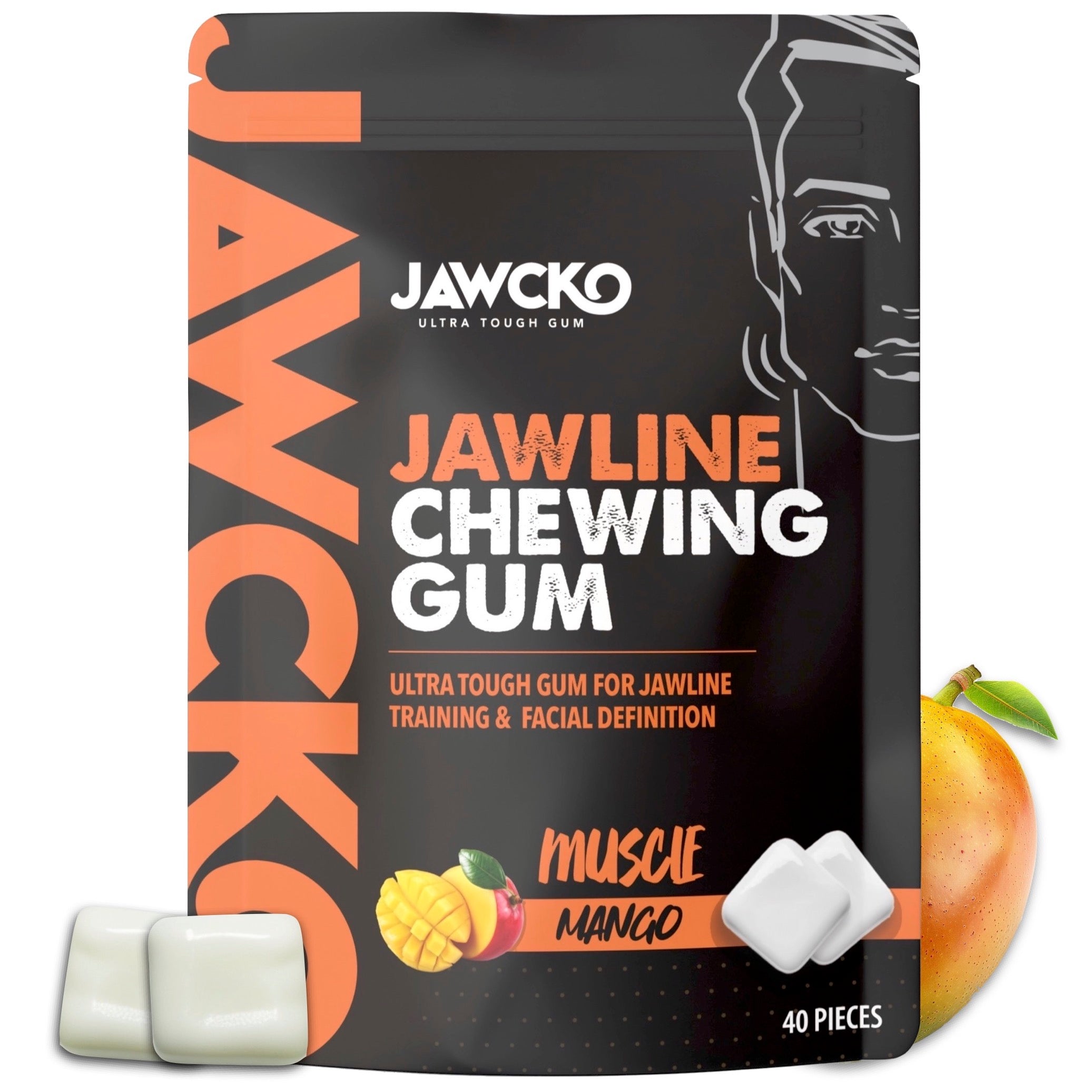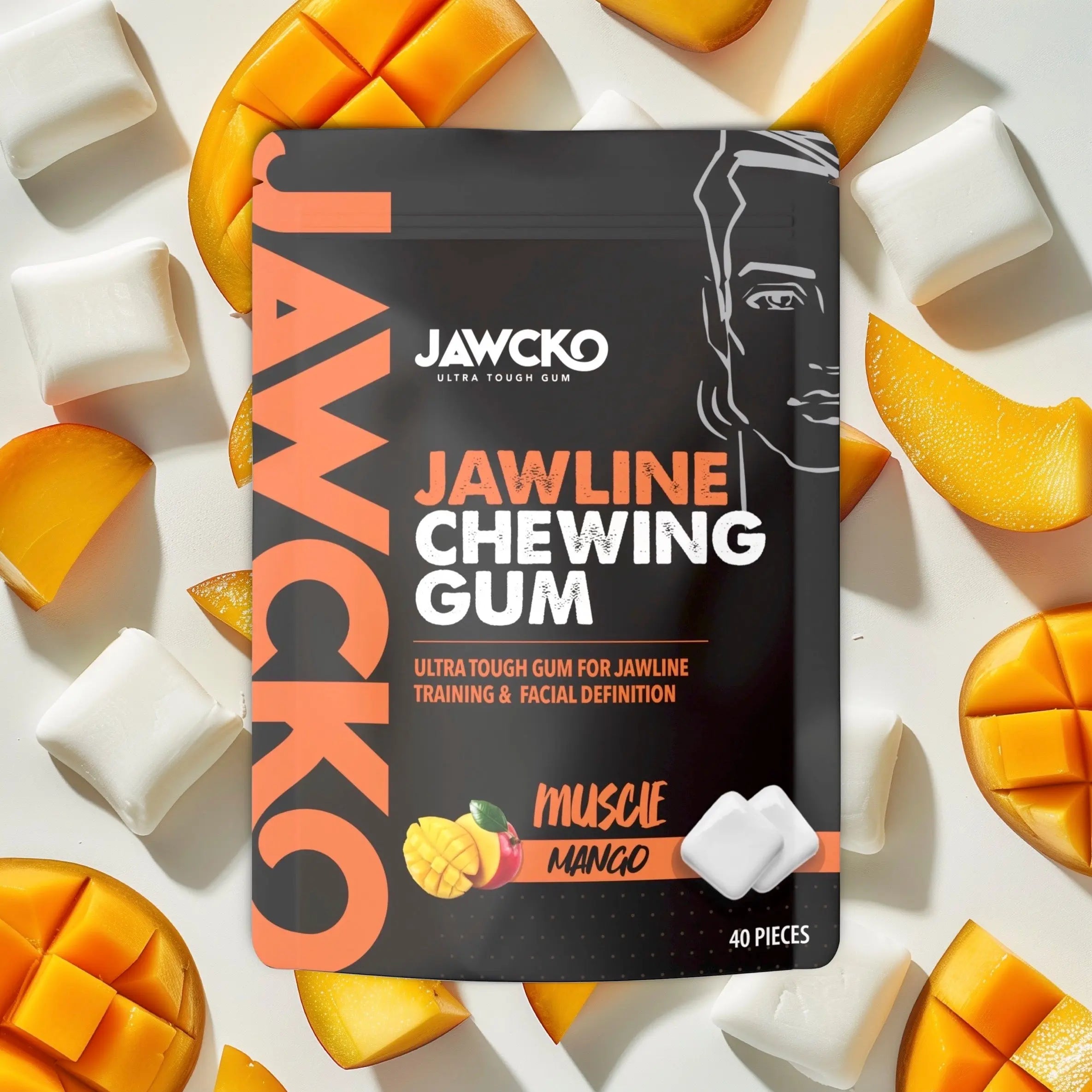Have you ever wondered why a strong jawline is often associated with masculinity? Is there a deeper connection between the two, or is it just a societal stereotype? Let's delve into the intriguing link between masculinity and jawlines.
The Power of the Jawline
A chiseled jawline has long been considered a symbol of strength and masculinity. It exudes confidence and charisma, making a person appear more attractive and commanding. But is there more to it than just aesthetics?
The Science Behind It
Research suggests that a strong jawline is linked to higher testosterone levels in men, which is a key hormone associated with masculinity. Testosterone not only influences physical features like facial structure but also plays a role in behavioral traits typically associated with masculinity, such as assertiveness and competitiveness.
- Testosterone is crucial during puberty for the development of male secondary sexual characteristics, including facial bone growth. Higher levels of testosterone can lead to more pronounced jawlines and stronger facial structures
- A study published in "Hormones and Behavior" highlighted that testosterone influences the growth of the mandible (jawbone) during puberty, resulting in a more angular and prominent jawline in males compared to females.
Testosterone and Sexual Dimorphism:
- Sexual dimorphism refers to the differences in appearance between males and females of the same species. Testosterone contributes to these differences, including facial features.
- Research in "Evolution and Human Behavior" found that men with higher testosterone levels tend to have wider, more prominent jaws and more masculine facial features, which are often perceived as more attractive by females
Testosterone and Muscle Mass:
- Testosterone also affects muscle mass and fat distribution, which can impact the appearance of the jawline. Increased muscle mass in the jaw and neck area can make the jawline appear more defined.
- A study in the "Journal of Clinical Endocrinology & Metabolism" demonstrated that testosterone therapy in hypogonadal men (men with low testosterone levels) resulted in increased muscle mass and reduced fat mass, contributing to a more defined jawline and overall masculine facial structure.
The Evolutionary Perspective
From an evolutionary standpoint, a strong jawline may have been a sign of good health and genetic fitness in our ancestors. It could have been a visual cue for potential mates, signaling strength, and the ability to protect and provide for offspring.
1. Indicator of Health and Genetic Fitness:
- A strong jawline is often associated with higher levels of testosterone, which in turn is linked to good health and strong immune function. Evolutionarily, individuals with such traits are considered to have better genetic fitness and are therefore more attractive as potential mates
- Studies have shown that physical features signaling health and genetic robustness, such as a strong jawline, are often preferred in mate selection because they indicate a lower likelihood of genetic diseases and higher overall vitality.
2. Signal of Maturity and Masculinity:
- A pronounced jawline is typically a sign of sexual maturity and high testosterone levels, which are markers of masculinity. This can be appealing to potential mates, as it suggests the ability to provide protection and resources
- Evolutionary psychology suggests that traits associated with masculinity are often preferred because they signal the ability to compete for resources and protect offspring.
3. Social Dominance and Leadership:
- Strong jawlines are often perceived as a sign of social dominance and leadership capabilities. In evolutionary terms, being perceived as dominant could lead to higher status, better access to resources, and increased reproductive success
- Research in social psychology indicates that individuals with strong jawlines are often perceived as more authoritative and competent, which can enhance their status and attractiveness in social groups.
4. Survival and Combat:
- Historically, a robust facial structure, including a strong jawline, might have been advantageous in physical confrontations. A stronger jaw could help protect against injuries and enhance survival in fights
- Although direct physical combat is less relevant in modern human societies, the perception of physical strength and resilience continues to play a role in attractiveness and social dynamics
5. Cultural and Media Influences:
- Cultural standards of beauty and attractiveness, often perpetuated by media, have emphasized features like strong jawlines as desirable. These cultural standards can influence evolutionary preferences by shaping societal norms and expectations.
- Media portrayals of strong-jawed individuals as heroes or desirable partners reinforce these traits' evolutionary and social desirability.

The Cultural Influence
In many cultures, a defined jawline is seen as a symbol of power and authority. It has been portrayed in art, literature, and media as a desirable trait in men, further reinforcing the association between masculinity and a strong jawline.
Embracing Diversity
While a strong jawline may be traditionally linked to masculinity, it's essential to recognize that beauty comes in all forms. Masculinity is not defined by physical features alone but by a combination of traits, behaviors, and values. Embrace diversity and celebrate individuality.
So, is there a link between masculinity and strong jawlines? The answer may lie in a complex interplay of biology, evolution, and culture. While a chiseled jawline may be a symbol of masculinity for some, true masculinity transcends physical appearance. It's about confidence, strength of character, and the courage to be yourself.


